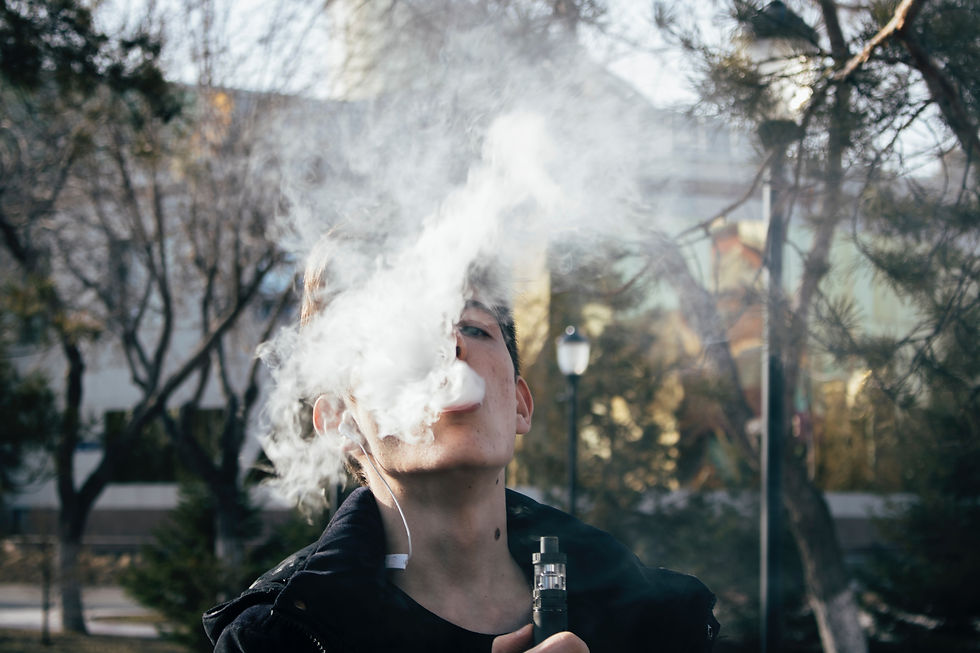It's a Saturday night in Jerusalem, and we have been looking forward to this moment the entire trip.
I finish my dinner and go directly towards my room. It's the tahini sauce, man---I...I just can't. As I brush my teeth from the foul taste of what I thought was hummus, I look in the mirror and smile. I'm going out to party in Israel! Ben Yehuda Street! We board the Birthright bus, and we head out. We get there after some time, and our hearts are racing. The warm Mediterranean air feels crisp, and we, a novel close-knit pack of 18-22 year old Americans and Israelis, jostle along down a cobblestone hill that leads us to a buzzing avenue of bars and clubs. I don't know what exactly to expect, but I expect it to be different. A lot different. We're not in Kansas anymore.
Most of our group, including my two friends who graduated alongside me from college, descend upon a bar that looks packed to the brim with joy. The anticipation becomes reality, and we enter with amusement. Here we go!
And it hits.
The mango.

The blue lit flash drive-looking Juul made its way here. You see, "juuling" was never something I asked for in my teenage years. When I was a young and eager 18 year old in 2014, I looked forward to the social aspects of college, and I found that. One year later, however, a slightly younger college demographic had different ideas.
Introduced in 2015, the Juul was a massive hit. Figuratively and literally, young people across America took hits from a small rectangular device and blew clouds. There was a certain zeitgeist to it all. The flavors, the portability, the apparent innocuous nature of the glossy device and the vape that emanated from it. It said something about you. Vaping was tinged with rebellion. You were partaking in something you wouldn't necessarily do in front of your grandmother, but you also were doing it over cigarettes out of respect for your wallet and your health. But as we all know, clouds only block a certain amount of light. Sooner than later, the truth about the practice was unveiled. Behind the veil of the Snapchat stories and parties, young adults were becoming addicted to nicotine.
Results of recent research display the general uncertainty on how to approach the problem of vaping, especially in young people. An article that broke headlines in January 2019 showed that researchers found vaping significantly more effective in smoking cessation than traditional nicotine-replacement products (i.e. patches)¹. I'll give this research team their due credit because these results can help doctors make better recommendations to patients looking to quit smoking. It should be noted, however, that the participant group in the study consisted of (only) 900 middle aged adults in England who were actively recruited from a government-run smoking cessation program. Given these factors, you can decide for yourself if these results are applicable to all smokers.

While this popular article may lead to pats on the back among vape company executives, they should watch closely. A new CDC report shows that youth tobacco use is increasing and is mostly due to vaping², which is exactly the opposite of what vape proponents would like you to believe. The numbers are astonishing: "More than 1 in 4 high school students and about 1 in 14 middle school students in 2018 had used a tobacco product in the past 30 days."² This is an increased ratio from last year that parallels the over 9% increase in vaping among high school students.
And thus, we have a structural problem. One report shows vaping as the solution, and the other shows it as the problem. Both sides get news coverage, and public opinion shifts all the time. What happens when government restrictions on vape products turn vapers into cigarette smokers? Is that already what's happening---thus the increase? What happens to people addicted to vaping in 40-50 years from now? How do you get young people frightened by the prospect of nicotine addiction when fear of carcinogens has been on their mind since childhood? Do we even want to strike fear, for is that the right way to teach our youth to think critically? These limitations on our scientific deductions are affecting us right now and certainly will in the future.
My call to action is this: continue educating people about the dangers of vaping. This is an education that starts in the schools but doesn't stop there. We can and should bring positive influence into young peoples' lives by creating government-backed campaigns on social media. The traditional commercials that show an old man with end-stage lung cancer do not appeal to younger people who are addicted to vape. Perhaps, realistic portrayals of young men and women finding more clarity, fulfillment, and buying power in their lives after quitting vape could serve as a better influence. It is undoubtedly going to be a challenging journey, but these trends are alarming and deserve action.
¹Hajek, Peter. “A Randomized Trial of E-Cigarettes versus Nicotine-Replacement Therapy | NEJM.” New England Journal of Medicine, www.nejm.org/doi/10.1056/NEJMoa1808779.
²“Tobacco Use By Youth Is Rising | VitalSigns | CDC.” Centers for Disease Control and Prevention, Centers for Disease Control and Prevention, www.cdc.gov/vitalsigns/youth-tobacco-use/?utm_source=STAT Newsletters&utm_campaign=bbefc46a38-MR_COPY_12&utm_medium=email&utm_term=0_8cab1d7961-bbefc46a38-150625673.
Ezra Guttmann is a medical student at the Touro College of Osteopathic Medicine. All opinions on this blog are of his own. There is no medical advice on this website. Please subscribe!
Comments